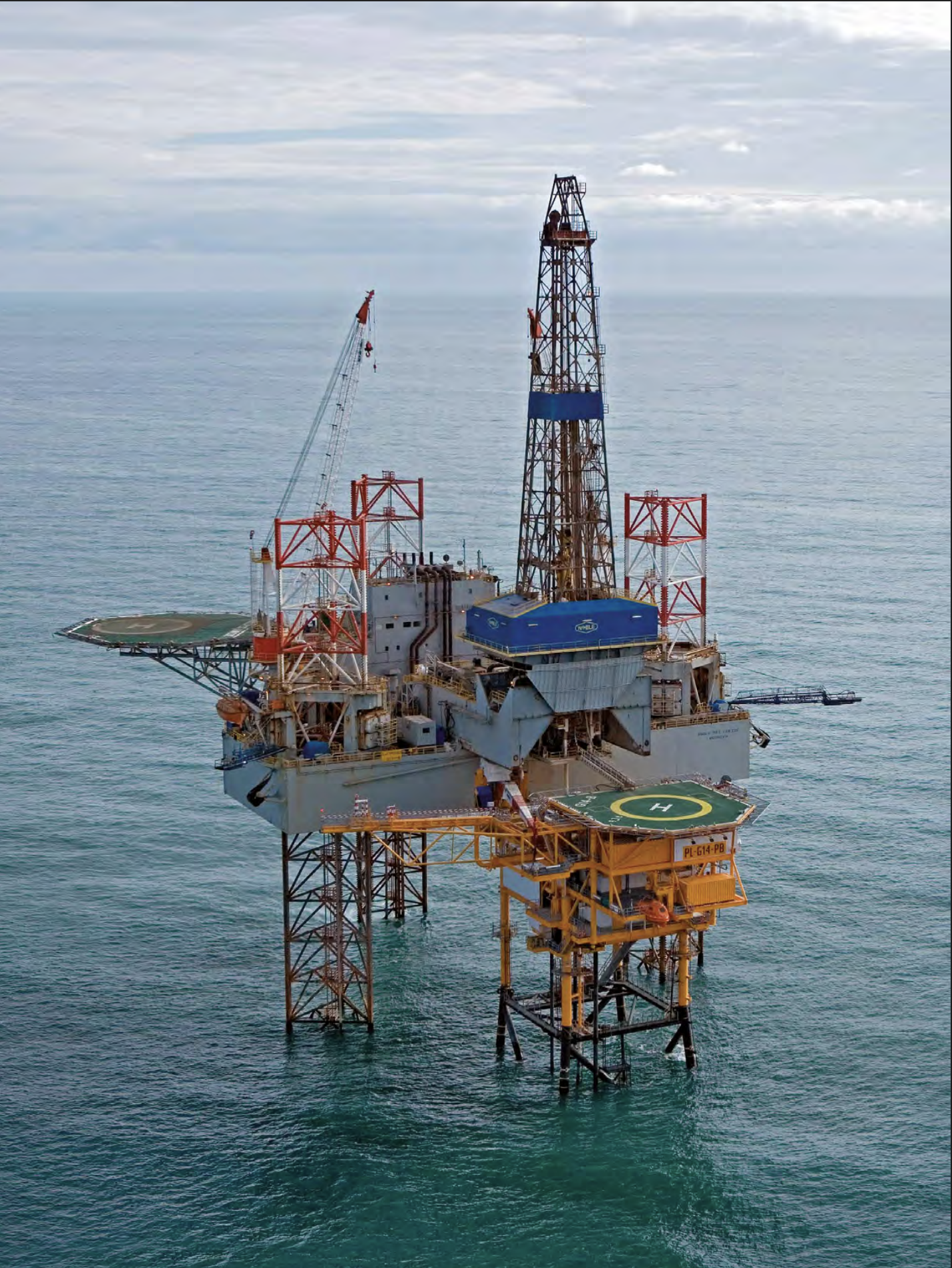“Below the famously flat surface of the Netherlands lies a fascinating world of buried mountains and valleys, which can only be unraveled with drillings, geophysical techniques and geological understanding.” This sentence perfectly introduces the newly released edition of Geology of the Netherlands – an ambitious reference work that brings together the full scope of current geological knowledge of the Dutch subsurface. The publication, coordinated by TNO and co-authored by nearly 90 experts, includes contributions from Element NL and several of its member companies.
A new edition for a new reality
Since the first edition was published in 2007, our understanding of the Dutch subsurface has evolved significantly. The need for CO₂ storage, geothermal energy, and secure subsurface use is growing rapidly. In response, the updated edition has expanded to over 900 pages, covering topics from Paleozoic strata to offshore formations, including chapters on policy, regulation, and societal impacts.
The chapter on natural gas offers a detailed overview of the geological systems that have made the Netherlands one of the most prolific gas-producing countries in Europe – and how this legacy continues to shape the energy landscape today.

Natural gas: geology as the foundation of an energy system
One of the book’s central chapters highlights the geological uniqueness of the Dutch natural gas system. Most of the country’s gas originates from coal-bearing Carboniferous strata, with production reservoirs in Permian Rotliegend sandstones, sealed effectively by the Zechstein salt formation. This configuration enabled the creation of the iconic Groningen gas field, which initially contained almost 2,800 billion cubic metres (bcm) of recoverable gas – the largest onshore field in Europe.

Seismic line in the northeast Netherlands (Friesland Platform to Lauwerszee Trough) showing the setting of the Norg en Vries gas fields in fault blocks in the Upper Rotliegend Group.
Other fields were much smaller – 40 to 1,000 times smaller, in fact – and came to be known as “small fields.” Nevertheless, these smaller accumulations, supported by the small fields policy in which Groningen acted as a swing producer, formed the backbone of the Dutch energy supply for decades.
“The geological structure of the Netherlands is unique. Without the natural seal of the Zechstein salt, our gas production would never have been possible.”
- from the chapter Petroleum Geology
Groningen field: the gamechanger
The discovery of the Groningen field in 1959 fundamentally changed the Dutch – and European – energy landscape. Prior to this, gas was viewed as a liability during oil exploration. But the enormous scale of Groningen transformed the Netherlands into the gas hub of Western Europe.
Since 1951, the Netherlands has produced over 3,500 bcm of gas, of which 60% came from Groningen. Its central location, coupled with rising European demand, spurred exploration onshore and later offshore. To date, 499 gas discoveries have been made, 386 of which have been developed into producing fields. Groningen’s role in regulating supply enabled these smaller fields to be exploited efficiently and economically.

Following the emergence of induced seismicity, the Dutch government committed to closing Groningen in 2023/2024 – leaving an estimated 500 bcm of technically recoverable gas untapped. Production from smaller fields is expected to continue for at least two more decades.
Most natural gas escapes to the atmosphere
It is estimated that 300,000 bcm of combustible gas has been generated in the Dutch subsurface over geological time. Yet only less than 1.5% of that gas has been discovered in recoverable accumulations. The rest has either escaped naturally over time or is still seeping to the surface – a striking reminder of how geology controls what we can actually harness above ground.
Geological knowledge for the energy transition
While the role of fossil fuels will diminish over the coming decades, geological knowledge remains essential for managing the energy transition. From CO₂ and hydrogen storage to geothermal energy and responsible field decommissioning, our subsurface remains a crucial asset.
Geology of the Netherlands offers a scientifically robust, open-access knowledge base for geoscientists, engineers, students, and policymakers – helping to make informed decisions about the sustainable use of the subsurface.
More information and access to the full publication
The entire book is freely available via TNO’s website and here:
Element NL remains committed to supporting knowledge sharing, responsible subsurface use, and collaboration across the energy sector – all essential pillars for a secure, sustainable, and affordable energy future.






